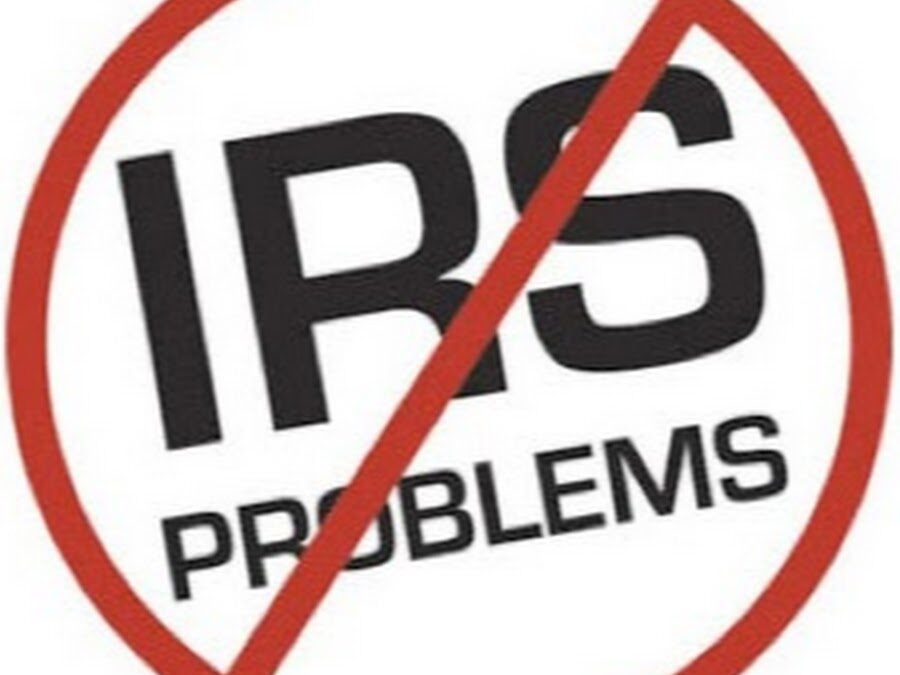Filing your tax return accurately is crucial to avoid unnecessary tax troubles. However, it’s not uncommon to discover errors or overlooked information after you’ve already filed. Fortunately, the Internal Revenue Service (IRS) allows taxpayers to amend their returns using Form 1040X.
In this blog post, we’ll explore how amended tax returns work, the importance of seeking professional assistance, and how our firm can help you navigate the complex world of tax resolution.
Uncovering Missed Income and Deductions:
Sometimes, taxpayers file their returns only to realize later that they omitted certain sources of income, such as earnings from temporary jobs or side gigs. This oversight becomes apparent when they receive a 1099 or a late W2 form indicating the income earned. Similarly, others may discover they were entitled to additional deductions or exemptions. For such cases, amending your tax return is the appropriate course of action.
Understanding the Timeframe:
The IRS allows individual income tax returns to be amended up to three years after the original return’s due date. Form 1040X is the official document used for amending returns. While you can file an amended return on your own, it’s strongly recommended to consult a tax resolution professional. They possess the expertise to handle multiple years of unfiled tax returns, potentially negotiate reduced payments, and save you from unnecessary headaches.
The Amended Tax Return Process:
Not all errors require filing an amended return. The IRS automatically corrects simple math mistakes. However, when there’s a need to change filing status, income, allowable deductions, or credits, filing an amended return is essential. To initiate this process, you’ll need to complete Form 1040X, which cannot be electronically filed. This is where the expertise of a tax professional becomes invaluable, as they can guide you through the intricacies of the form.
Proper Documentation and Explanation:
When completing Form 1040X, each amended tax year requires its own separate form, each of which must be mailed in its own envelope. The form provides space to explain the changes made, and it’s important to clearly state the line numbers and reasons for the amendments. While you don’t need to attach a copy of the original return, any additional IRS forms or supporting documents must be included to substantiate the changes.

